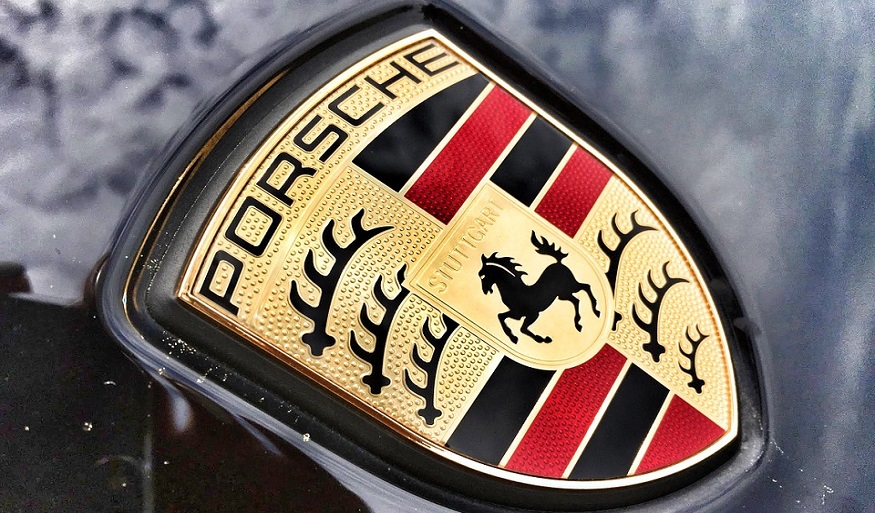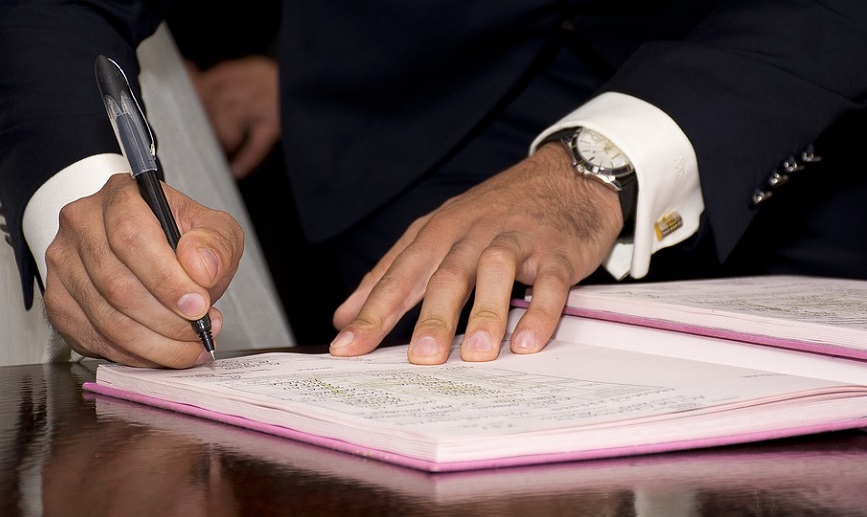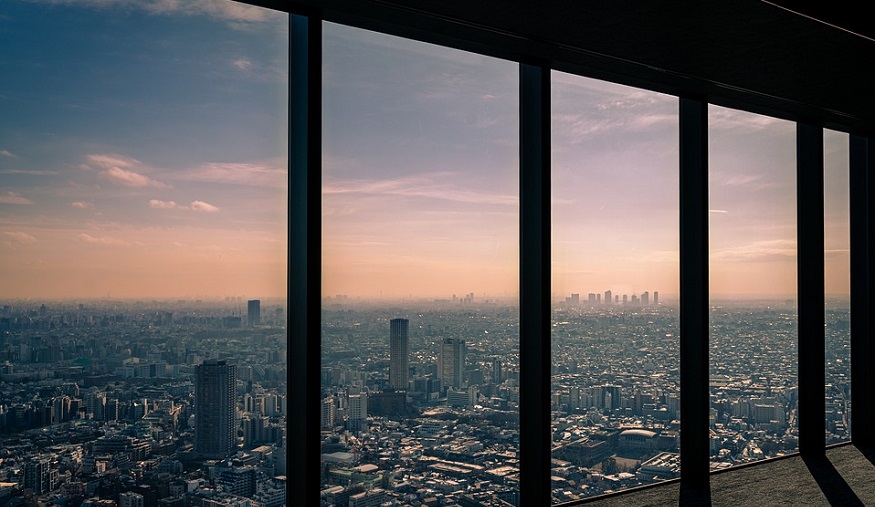
World’s first green hydrogen-to-e-fuel plant gets Siemens Energy and Porsche backing
December 7, 2020The German government is also supporting the pilot plant connected with wind power in Chile.
Porsche and Siemens Energy have joined a number of other international companies in backing a world’s first green hydrogen-to-e-fuel plant’s construction as a pilot project in southern Chile.
The plant will be powered by green H2 made through the use of wind power for synthetic fuel production.
Chilean power company AME had already been working with Italian utility Enel and the ENAP oil firm. The three had already announced their plans in October. At that time, they unveiled the location of the plant in the Magellan Strait in Cabo Negro, which is located on South America’s southernmost tip. That location will be home to the first green hydrogen-to-e-fuel plant in the world, producing at an industrial scale. That said, in October, the project had still been waiting for the final local authority permits.
“Electro-mobility is a top priority at Porsche. E-fuels for cars are a worthwhile complement to that – if they’re produced in parts of the world where a surplus of sustainable energy is available,” said Oliver Blume, Porsche CEO. “They are an additional element on the road to decarbonisation. Their advantages lie in their ease of application: e-fuels can be used in combustion engines and plug-in hybrids, and can make use of the existing network of filling stations.”
The German government has also announced its support of the green hydrogen-to-e-fuel pilot.
The German economics ministry is providing its support to the Haru Oni project in Chile through €8.23 million in funding. This was done as a component of the country’s national hydrogen strategy. Part of that strategy seeks to secure green fuels from sources outside of the country. Germany’s space for domestic H2 production is limited, so it is looking to the potential of sourcing it overseas.
“German companies are taking a leading position in hydrogen technologies globally. The ‘Haru Oni’ project is a good example for that,” explained Peter Altmaier, Germany’s economics and energy minister. “With the project we show that green hydrogen and its follow-up products can be produced sustainably with the most modern technologies ‘Made in Germany’, for example in Chile.”
Siemens Energy is the Haru Oni green hydrogen-to-e-fuel project’s co-developer and systems  integrator. Its Siemens Gamesa unit will provide the wind turbines to power the H2 production. Its proton exchange membrane electrolyzers will be used for the H2 production itself.
integrator. Its Siemens Gamesa unit will provide the wind turbines to power the H2 production. Its proton exchange membrane electrolyzers will be used for the H2 production itself.



 HFN News is your leading source for fresh hydrogen and renewable energy updates. Amid the fast-paced growth of hydrogen companies, we provide top-notch news and insights about this exciting sector. Our coverage spans from hydrogen cars to global sustainable initiatives, and we highlight the latest in green jobs and developing hydrogen hubs. We invite you to share your local hydrogen news and explore today’s renewable energy job listings on our site. Thanks for choosing HFN News as your trusted guide to the hydrogen and renewable energy world!
HFN News is your leading source for fresh hydrogen and renewable energy updates. Amid the fast-paced growth of hydrogen companies, we provide top-notch news and insights about this exciting sector. Our coverage spans from hydrogen cars to global sustainable initiatives, and we highlight the latest in green jobs and developing hydrogen hubs. We invite you to share your local hydrogen news and explore today’s renewable energy job listings on our site. Thanks for choosing HFN News as your trusted guide to the hydrogen and renewable energy world!